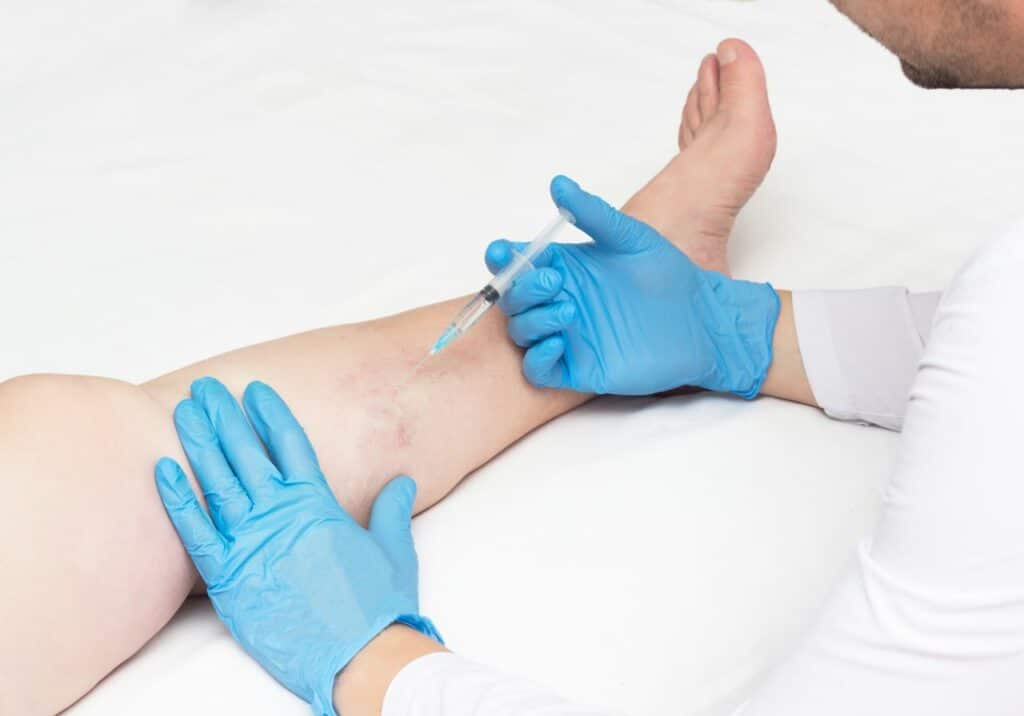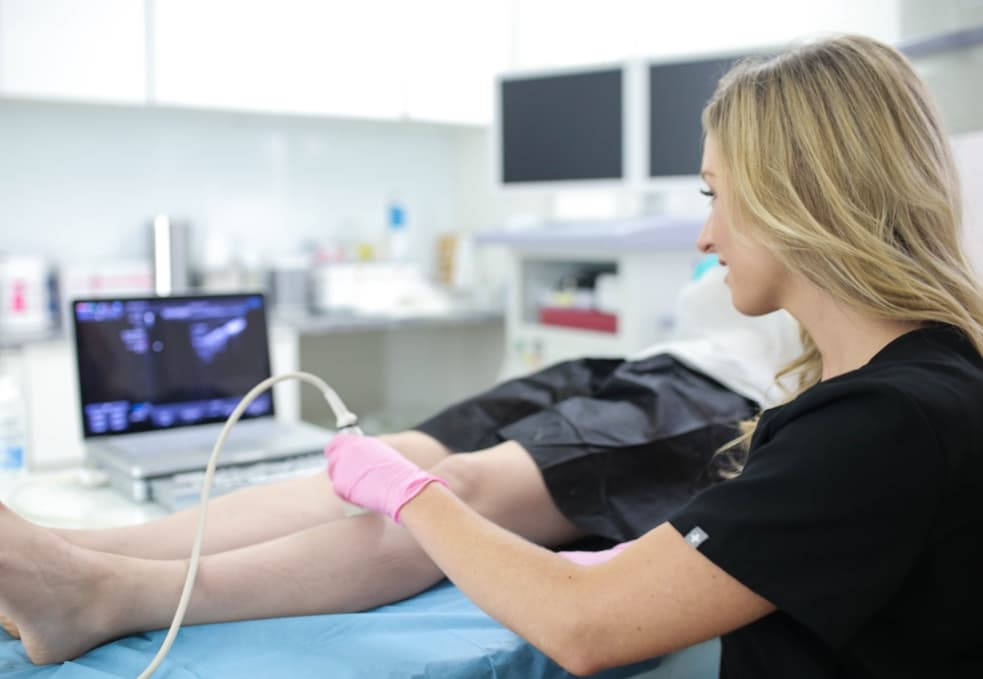What do weak valves in leg veins indicate?
If you have weak vein valves in your leg veins, you have a higher risk of spider veins, varicose veins, and other symptoms of vein disease. Some people have genetically weaker vein valves, and some people develop weak vein valves because of lifestyle factors, weight, hormonal changes, and other factors. To understand how your vein valves affect your vascular health, you need to understand how veins function.
Vein valves facilitate blood flow to the heart
The human body has two types of blood vessels — arteries and veins. Arteries carry oxygenated blood from the heart to various parts of the body, and the veins carry deoxygenated blood from different parts of the body to the heart. The veins have to carry blood from the legs, hands, and various other body parts to the heart, sometimes traveling against the force of gravity. The leg veins must carry blood upwards, i.e., going directly against the force of gravity.
Vein valves are the components that allow your veins to defy gravity. The vein valves act as one-way doors that allow blood to flow from the legs to the heart, resisting the force of gravity. As such, the vein valves need to be firm to perform their vital functions. If your vein valves aren’t strong or functioning well, they can collapse or get damaged, leading to numerous circulatory disorders. That’s why you must take steps to maintain the strength of your vein valves.

Weak vein valves can lead to chronic venous insufficiency
If your vein valves collapse or malfunction, gravity forces blood to flow backward and accumulate in the leg veins. As blood accumulates in the leg veins, your veins dilate and expand outwards, eventually leading to enlarged veins. Spider veins and varicose veins are the most visible symptoms of chronic venous insufficiency, but you may also suffer from leg heaviness, restless leg syndrome, leg ulcers, and other vein conditions.
What are the symptoms of vein disease?
Venous insufficiency is a chronic condition that gradually escalates, leading to worse symptoms over time. The initial signs and symptoms of vein disease are mild enough to be mistaken for signs of aging or exhaustion — leg heaviness, restless leg syndrome, frequent leg cramps, and leg pain. But as vein disease worsens with time, you may develop spider veins, varicose veins, skin discoloration, leg ulcers, and blood clots in leg veins (deep vein thrombosis). If you notice the symptoms of vein disease, please contact board-certified vein doctors in Long Island.
What causes vein valves to weaken?
There are no definitive causes of weak vein valves. Your vein valves may weaken because of numerous factors, such as genetics, hormonal changes, weight, and other factors. The following are some of the primary risk factors for weak vein valves:
- Genes: Genes are the leading risk factors for weak vein valves. If both of your biological parents have a history of vein problems because of weak vein valves, you may also have genetically weak valves that increase your risk of vein disease.
- Sex: Women have a higher risk of vein disease than men. That’s because estrogen and progesterone hormones, which are more abundant in women, can weaken the vein valves, leading to a higher risk of spider veins and varicose veins.
- Pregnancy: When you’re pregnant, your body produces a higher volume of estrogen and progesterone, which can weaken the vein valves. Your vein valves may also weaken because your body has a higher volume of blood, which increases the pressure on your veins.
- Age: As you age, your vein valves naturally weaken because of wear-and-tear and age-related structural changes. That’s why the risk of vein disease increases with age.
- Obesity: Being overweight places considerable pressure on your veins, which can weaken your vein valves and increase the risk of chronic venous insufficiency.
- Occupation: Your vein valves may weaken if you spend long periods of time sitting or standing in one place because of your occupation. That’s why vein disease is common amongst drivers, pilots, nurses, teachers, and people with desk jobs.
How can I strengthen my leg valves?
- Elevate your legs above your heart’s level while sitting or sleeping
- Exercise regularly to increase your blood circulation — biking and running are ideal
- Wear compression stockings to prevent blood accumulation in the leg veins
- Eat a high-fiber diet to reduce pressure on your veins during bowel movements
- Drink lots of water because that strengthens your vein valves
Can faulty valves in legs be repaired?
Once your vein valves are collapsed or damaged, they can’t be repaired. The only way to treat chronic venous insufficiency (which is caused by damaged vein valves) is to close or destroy the diseased saphenous vein. Once the diseased vein is removed or neutralized, the accumulated blood reroutes into healthier leg veins to restore optimal blood circulation to the heart.
Is venous insufficiency life-threatening?
Chronic venous insufficiency isn’t usually life-threatening. At worst, patients with severe venous insufficiency may suffer from leg discoloration, leg ulceration, and blood clots in the leg veins (deep vein thrombosis). However, deep vein thrombosis is a potentially life-threatening condition because the blood clots may break away and travel to the lungs, leading to a potentially fatal pulmonary embolism.
Schedule an appointment for your duplex ultrasound scan at our vein centers in Long Island
Long Island Vein Centers is a group of state-of-the-art vein centers in Long Island. Our vein doctors always perform thorough physical examinations and duplex ultrasound scans to visualize the blood flow in your leg veins, following which they curate a personalized, minimally invasive vein treatment plan. Please schedule an appointment at your nearest vein centers in Long Island — we have vein centers in West Islip, Jericho, and Hampton Bays.

